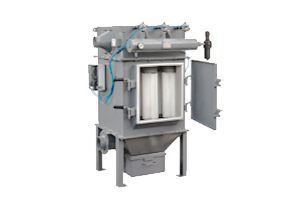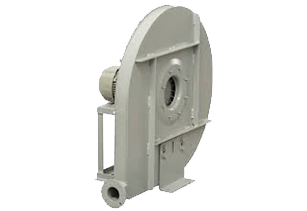
Air Pollution Control Equipments
- Welding fumes : Welding fumes are a complex mixture of metallic oxides, silicates and fluorides. Fumes are formed when a metal is heated above its boiling point and its vapours condense into very fine, particles (solid particulates). Welding fumes generally contain particles from the electrode and the material being welded.
- ELECTROSTATIC PRECIPITATOR : , also called electrostatic air cleaner, a device that uses an electric charge to remove certain impurities—either solid particles or liquid droplets—from air or other gases in smokestacks and other flues. The precipitator functions by applying energy only to the particulate matter being collected, without significantly impeding the flow of gases. Originally designed for recovery of valuable industrial-process materials, electrostatic precipitators are used for air pollution control, particularly for removing particles from waste gases at industrial facilities and power-generating stations.
- WET SCRUBBER




